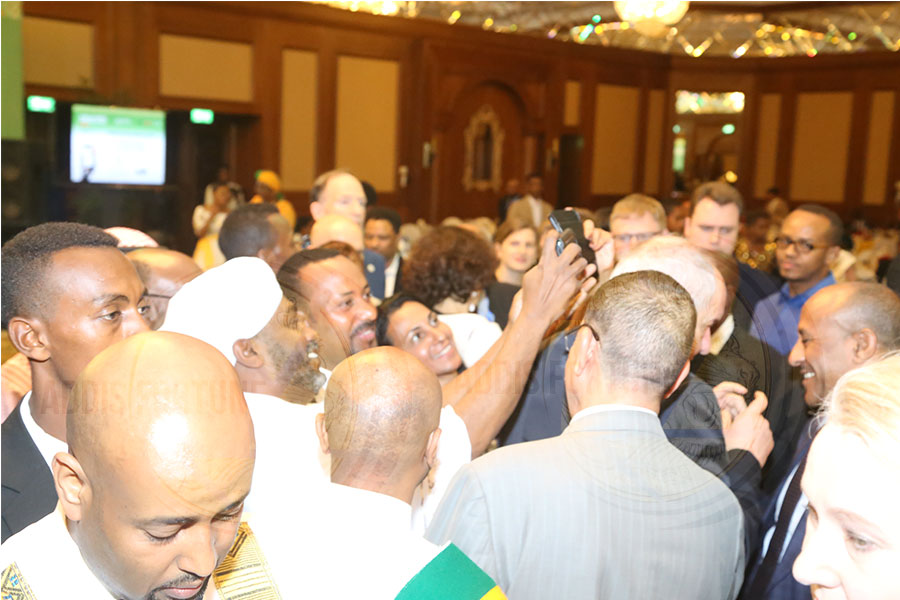
Photo Gallery | 173811 Views | May 06,2019
Sep 7 , 2025. By AMANUEL BEKELE ( FORTUNE STAFF WRITER )
Motorsport story is as much about economics as engineering. A single race costs at least 10,000 Br to register, and major competitors report spending up to two million Birr a season, before counting the car. With sponsorships all but vanished, drivers pay every bill themselves, reports AMANUEL BEKELE, Fortune Staff Writer
The sharp shriek of a well-timed gear change slices through the calm outskirts of Addis Abeba, followed by the low, but urgent growl of an engine pushed to its limits. For 23-year-old Ezra Eshetu, it was the sound of home. His earliest memory of racing is still fresh, with a circuit near Mexico Square, the thunder of engines and the cheers of a crowd turning the city into something completely different.
“It was like stepping into another world,” he recalled, still wide-eyed at the thought.
Ezra’s love of racing started in his family’s garage, surrounded by vintage cars his parents cared for with nostalgic pride. As a boy, he would spend hours sitting in those old cars, hands on the wheel, lost in the dream of speed. Three years ago, he stopped pretending and started racing for real, at first as a co-pilot, and then, finally, in the driver’s seat. These days, he talks about racing like an engineer, with all the details and precision.
“It’s not only about speed,” Ezra told Fortune. “It is engineering and preparation.”
Everything matters, from the tyres and the suspension to the way the weight is distributed in the car. Safety is non-negotiable. Roll cages, five-point harnesses, helmets, special seats, and even hood locks are all part of the basic kit. Even the way air moves through the car is a factor.
“It isn't about feeding the engine gas faster," he said. "It is about getting the air out efficiently.”
But the costs are daunting. Ezra bought a Volkswagen Beetle for 180,000 Br. By the time he is finished with modifications and imported parts, he expects the bill to top a million Birr. A single race requires a minimum budget of 10,000 Br for registration, which covers entry, referees, and logistics. For the bigger names, such as Hercules Luigi, a season might consume two million Birr, and that is before factoring in the cost of the car. Every time something breaks (a piston, a cylinder head, or a spark plug), the driver pays out of pocket.
“No one covers that,” said Ezra.
Still, the sense of community keeps him going. The ones with more money help those with less. For Ezra, it feels like family.
"That is what keeps us together,” he said.
Motorsport in Ethiopia has a history stretching back decades. The Ethiopian Motor Sport Association (EMSA) was formed in 1965 during the reign of Emperor Haile Selassie. The Crown Prince was the first president, and cabinet ministers served on the board. Mezemer Seifu, now head of EMSA’s office, looks back on those early years with pride and frustration.
“We've the history, the talent, the landscape, and everything the sport requires," he told Fortune. "But infrastructure, finance, and recognition have always lagged. Yet, people continue to race, and that says something about our spirit.”
Back then, the Association organised road rallies that ran through dusty countryside and city circuits built to test the nerve of every driver. The most famous was the Ethiopian Highland Rally, a punishing 5,000Km loop through Addis Abeba, Jimma, Dire Dawa, and Dessie before returning to the capital. International teams used to come from Russia, Italy, and Germany. At its peak, the rally attracted up to 7,000 tourists, leaving a deep impression on both culture and the economy.
It ended abruptly in 1975, when the Derg regime labelled motorsport a bourgeois pastime and banned it outright. Racing vanished for 17 years. It returned only in 1992, when EMSA was reestablished by enthusiasts determined to revive what had been lost. Joining the Federation Internationale de l’Automobile in 2005 brought the Association back onto the international stage, and soon donations of go-karts and youth training equipment started to arrive, with encouraging results.
“At a recent championship in Nigeria, five of six Ethiopian competitors, all young girls, returned with trophies,” Mezemer said, pleased.
Today, EMSA manages city circuits, rallies, and a growing go-karting program. So much depends on delicate negotiations with local officials, a network of volunteers, and an uncertain stream of revenue from membership fees, race registrations, and the occasional bit of government support.
At the centre of this world is Hercules, a name every Ethiopian racer knows. Hercules has been crowned champion over 15 times. His garage, Auto Hercules, near Meskel Flower, is a workshop, but also a haven.
“From a very young age, I was fascinated by speed, precision, and the discipline racing demands,” he told Fortune.
He started racing two decades ago, when the sport was still an infant. His first race was a shock.
“The adrenaline was overwhelming," he recalled. "I thought I was prepared, but the moment the engines roared, I realised I hadn’t even truly driven.”
Trophies crowd his shelf, but his biggest legacy is the help he gives to others. Many racers credit Hercules with keeping them on the track, lending parts, repairs, or advice when things go wrong.
“Almost all of us owe him something,” said Ezra. “Without him, many cars would not even make it to the start line.”
Hercules's garage smells of grease and petrol. There are battered racers, everyday cars, and the odd antique, all jostling for space. Young drivers gather here to learn, not merely about fixing engines, but about discipline and patience. Hercules speaks as much about keeping overhead as about torque and fuel. The obstacles are numerous, including limited spare parts, a lack of a real racetrack, and rising costs. Still, Hercules never gives up.
“We don't do it for money,” he insisted. “The winner gets a trophy and nothing more. What keeps us going is passion.”
Despite modest resources, EMSA enforces strict rules. Fire-resistant clothing, helmets, roll cages, and special seats are required for every driver. Race formats vary. City circuits are run in laps, while rallies might stretch to 250Km and demand stamina and technical skill. GIS technology tracks every car to stop shortcuts.
“It’s a no-cheating sport,” Mezemer said.
The sense of camaraderie among racers is striking. Veterans share parts and know-how to keep everyone in the race. Membership is 1,400 Br a year, including charges for IDs and monthly fees. Most start as co-pilots, working their way up with patience and perseverance.
Sponsorship is hard to come by. Companies such as MOENCO, Oil Libya, MOHA Soft Drinks, Paulo Brake Lining, and Total Ethiopia once supported the races, but that support has mostly disappeared. EMSA now looks abroad, in talks with Geneva’s Maffi Racing to bring three Formula 1 cars to Ethiopia, each worth 12 million to 20 million dollars. The Association leaders' ambitions are plain. It is to put Ethiopian motorsport on the global map.
For younger drivers like 29-year-old Befirdu Tefera, those ambitions are distant but real. He drove his first car, a Peugeot 404, to school as a ninth grader and was already competing in BMX and skateboarding before turning to racing.
“I don't know how else to explain it," he said. "It's like an addiction.”
Befirdu's debut in the 2000cc category, driving a Fiat 131, was a mix of luck and nerves. He finished second in his first city circuit race, chalking it up to good fortune more than skill.
“Every mistake costs money, but also teaches you something,” he said.
Now, he balances racing with his work at Balchut Creatives, a production company in the Bole neighbourhood. Profits from his business pay for car upgrades, and his nights are spent thinking about the next race. However, obstacles remain, including long waits for imported parts, a shortage of venues, and the near absence of sponsors.
“If we had tracks, if companies joined in like in Kenya, motorsport here would explode,” Befirdu told Fortune.
For now, he and others keep racing for the love of it. Both Ezra and Befirdu look at Kenya’s Safari Rally as a model for what could be. There, multinational sponsors like Toyota and Honda fund teams. Ethiopian drivers who compete abroad return with trophies, proof that the talent is there. What is missing, they say, is investment.
When the Safari Rally returned as part of the World Rally Championship in 2021, Nairobi became a motorsport hub. According to a 2023 report from Kenya’s President’s Office, the rally generated an economic value of about 490 million dollars, created jobs, and produced hundreds of millions in media exposure. More than 100,000 people came to watch, and global TV audiences reached 825 million. For Ethiopian racers, the contrast is painful.
“We've the landscapes, we have the drivers,” Befirdu says. “What we don't have is investment.”
There are small signs of progress. Officials at the Ministry of Culture & Sport now recognise motorsport as one of 31 official associations.
“We receive their annual calendar and provide approvals,” said Daniel Dargie, the Ministry’s director for competitive sports. “The Ministry also allocates a budget for racing activities, though EMSA raises most of its own funds.”
Daniel is most excited about the chance for international recognition. The Ministry is working with EMSA to attract global races to Ethiopia, and provides support with customs, security, and logistics. It has even backed proposals for duty-free imports of cars and parts to help with costs.
“Motorsport promotes the country, strengthens diplomatic ties, and brings in foreign exchange,” Daniel told Fortune.
Tourism experts, such as AndualemGirmaye, director of the Ethiopian National Museum, see motorsport as more than a hobby. It is a tool for economic and cultural impact. According to him, Ethiopia’s landscape is suitable for rallying, and the country was among the first in Africa to import cars.
“This is part of our heritage,” he insisted.
For Andualem, dismissing motorsport as frivolous is to miss the point. While the costs are high, he believes the rewards in jobs, tourism revenues, and a sense of pride are even higher. What stands in the way, he believes, is perception. If people saw the broader value, government and private investors might finally step in.
“The indirect impact is greater than the direct spending of the racers,” he told Fortune.
PUBLISHED ON
Sep 07,2025 [ VOL
26 , NO
1323]

Photo Gallery | 173811 Views | May 06,2019
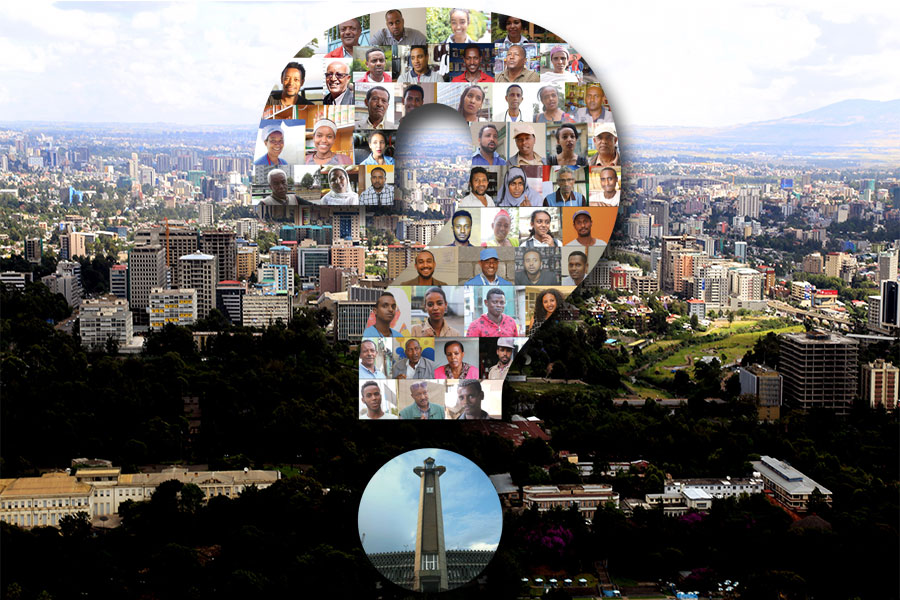
Photo Gallery | 164037 Views | Apr 26,2019
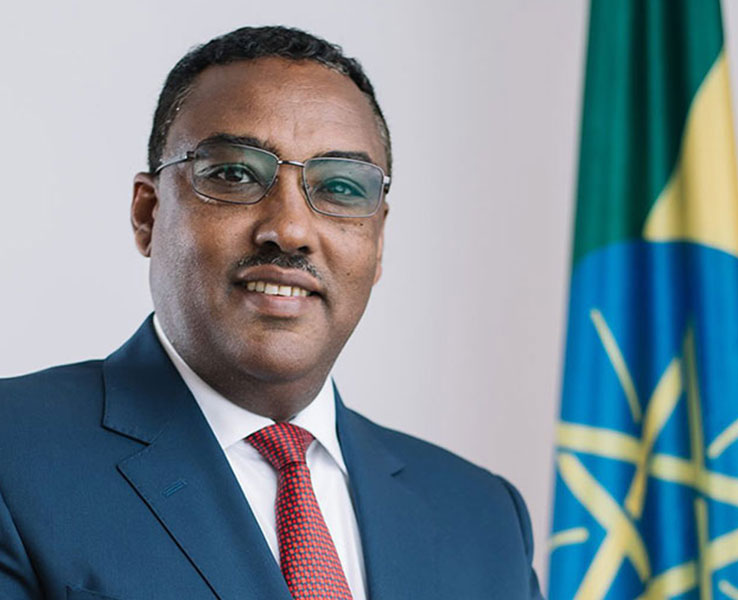
Photo Gallery | 154096 Views | Oct 06,2021

My Opinion | 136582 Views | Aug 14,2021
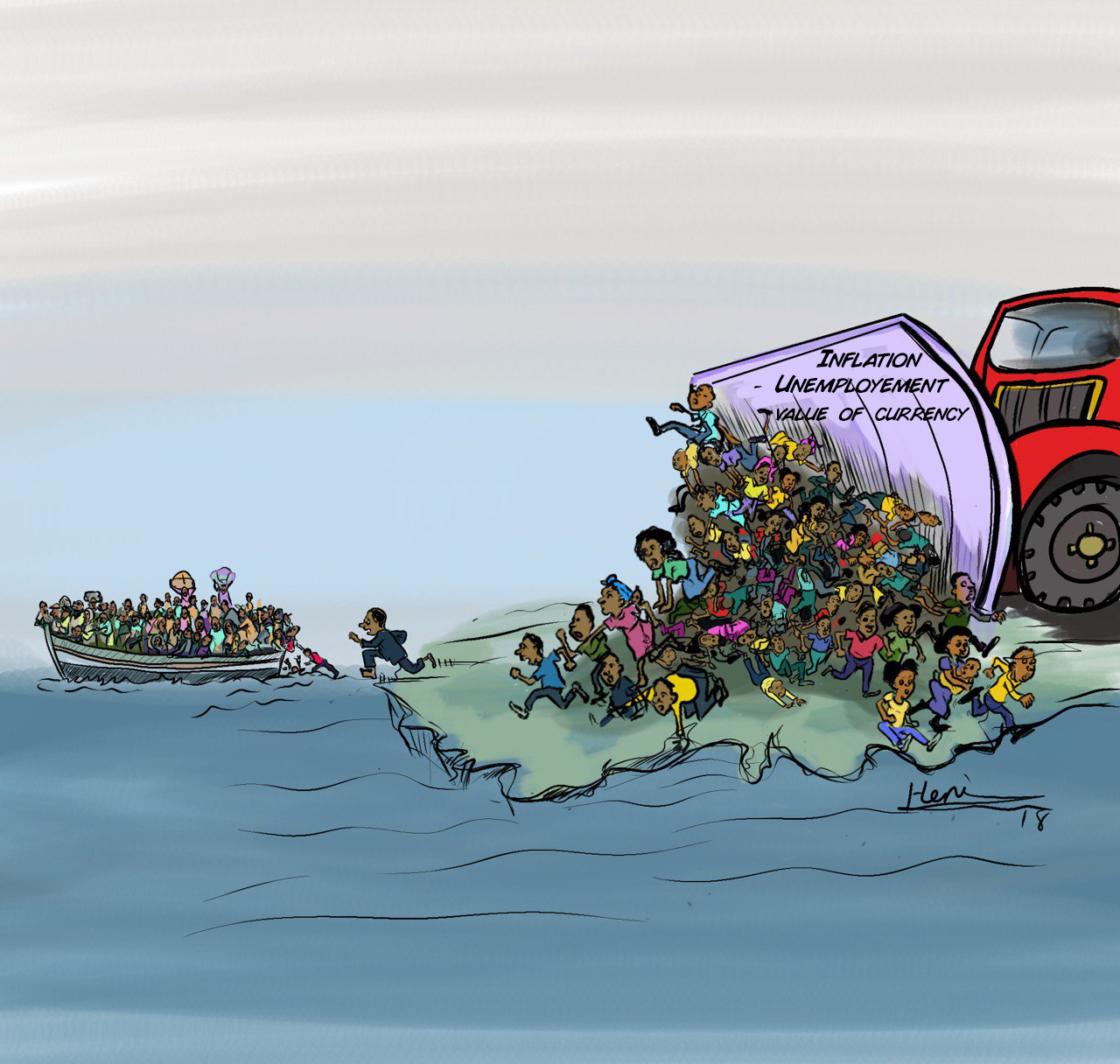
Oct 11 , 2025
Ladislas Farago, a roving Associated Press (AP) correspondent, arrived in Ethiopia in...
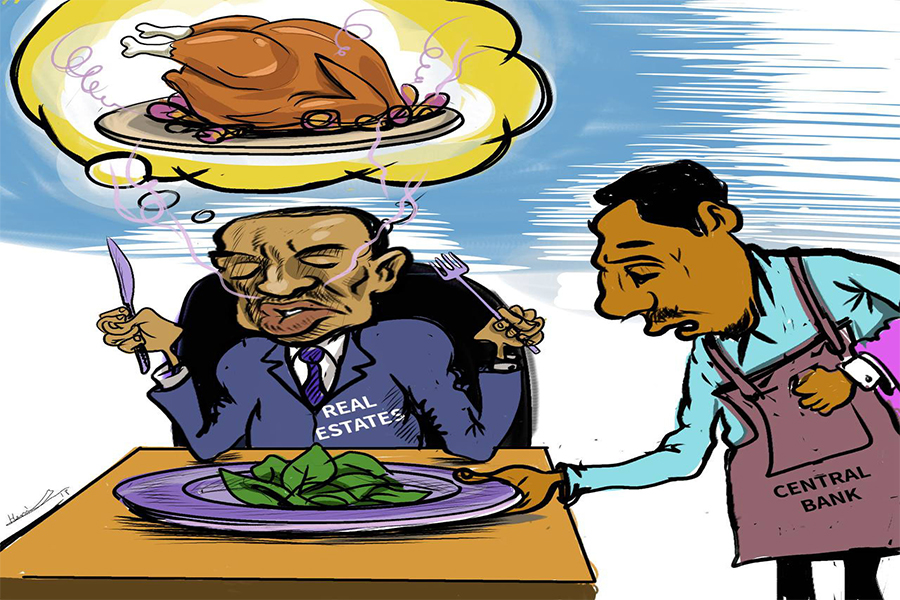
Oct 4 , 2025
Eyob Tekalegn (PhD) had been in the Governor's chair for only weeks when, on Septembe...
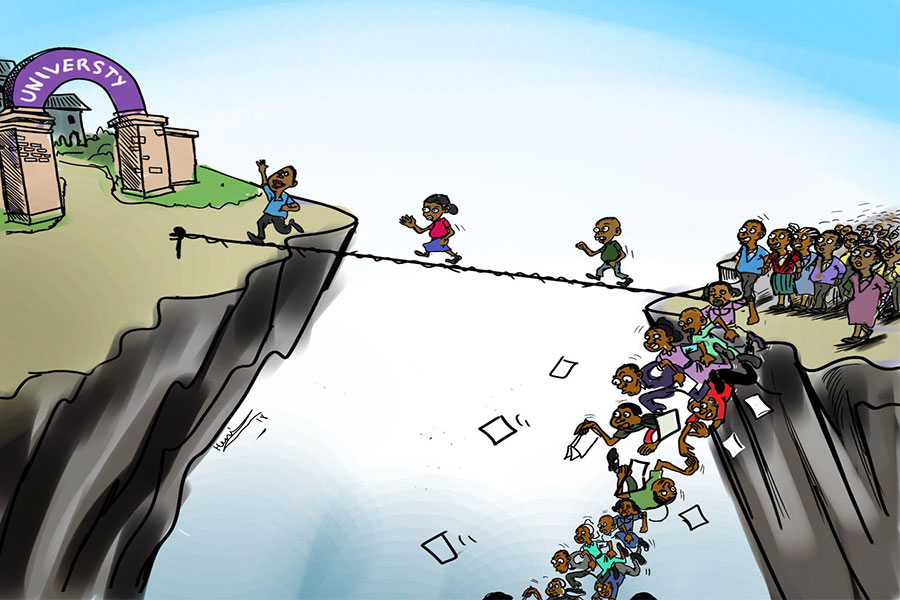
Sep 27 , 2025
Four years into an experiment with “shock therapy” in education, the national moo...
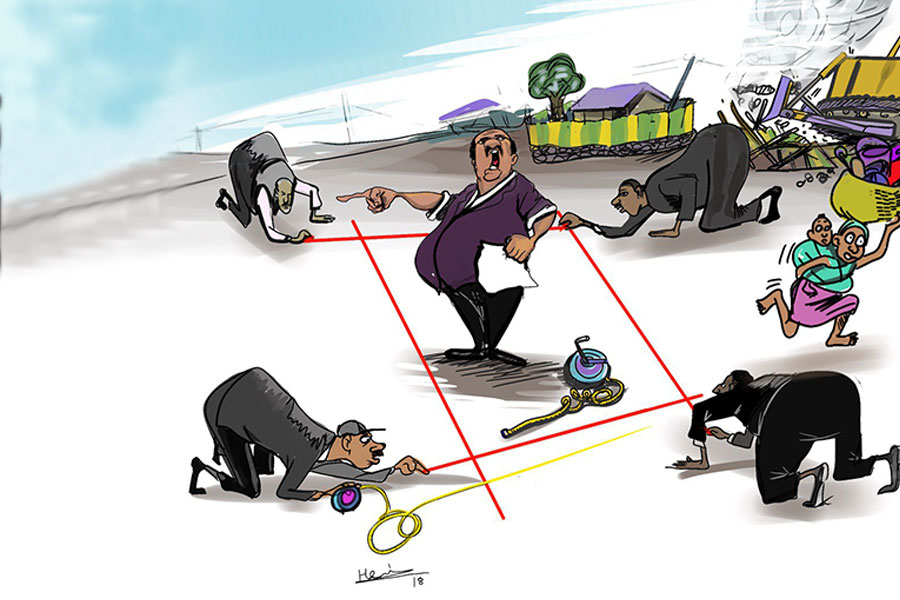
Sep 20 , 2025
Getachew Reda's return to the national stage was always going to stir attention. Once...